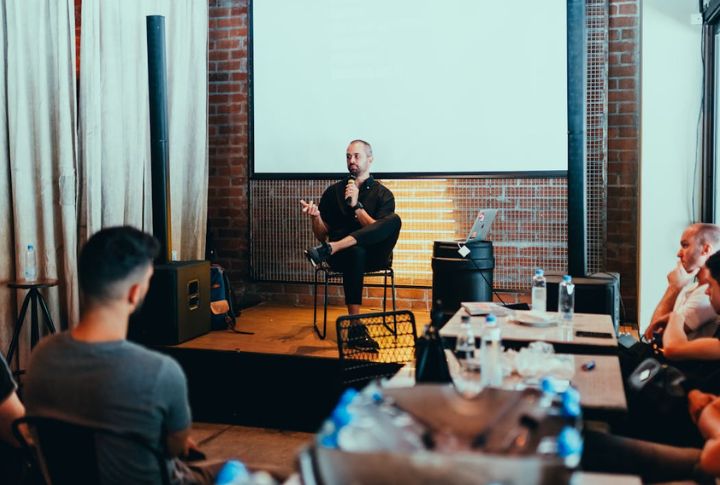
We all like to think our choices are rational, yet the truth is our brains take shortcuts that quietly sway our judgment. These hidden patterns influence everything from shopping habits to big life decisions, often without us noticing. Curious which mental traps you’ve likely fallen into—and how they’ve been shaping your everyday life?
Availability Heuristic

The availability heuristic occurs when your brain makes snap decisions based on what is readily remembered. Although this shortcut seems effective, it frequently warps reality, making certain risks or events appear more likely than they actually are. It’s a typical trap that subtly influences a lot of our choices.
Status Quo Bias

Ever wonder why change feels so uncomfortable, even when it’s clearly beneficial? Status quo bias explains our natural resistance to change, which causes us to stick with default options in everything from phone settings to retirement plans. Most marketers exploit this tendency through strategic defaults.
Confirmation Bias

Here’s the tricky thing about confirmation bias—it quietly filters the world so you see more of what you already believe. Instead of weighing all the facts, your brain leans toward information that feels familiar and validating. Over time, this narrow perspective blinds you to other viewpoints and influences everyday choices.
Representativeness Heuristic

At first glance, the representativeness heuristic seems efficient as classifying situations and people based on how they “fit” a pattern. However, it can distort our perception of chance and blind us to statistical realities. What feels like quick intuition later amounts to deeply flawed reasoning.
Overconfidence Effect

Confidence helps us move forward, but too much of it becomes a trap. The overconfidence effect convinces us our judgments are sharper and safer than they really are. The result? Overlooked risks and critical missteps even among experts, where the price of misplaced certainty can be devastating.
Sunk Cost Fallacy

It feels wasteful to abandon something we’ve invested in, but that’s exactly what makes the sunk cost fallacy so dangerous. By letting past costs influence future choices, we trap ourselves in cycles of loss. True wisdom lies in knowing when to stop—even if it means letting go.
Halo Effect

First impressions matter, sometimes more than they should. The halo effect takes one shining quality and uses it to paint everything else about a person in the same light. It’s a subtle bias that can misguide choices in workplaces and even consumer decisions.
Recency Bias

When sports fans passionately defend a star player’s worth based solely on last week’s game-winning performance, they’re falling prey to recency bias—a dangerous mental trap that overweights recent events. This same cognitive distortion plagues investment decisions and hiring processes, where final candidates receive undue emphasis.
Framing Effect

Do you ever notice how “90% fat-free” sounds more appealing than “10% fat,” despite meaning exactly the same thing? This illustrates the framing effect, where presentation shapes decisions beyond raw facts. Politicians and advertisers leverage this cognitive bias strategically, as our brains react differently to information framed.
Anchoring Bias

This bias occurs when the first piece of information you receive heavily influences your judgment. Instead of evaluating situations objectively, your mind clings to that initial reference point. This mental shortcut shapes decisions in negotiations and self-assessment, which leads to distorted conclusions without you noticing.

